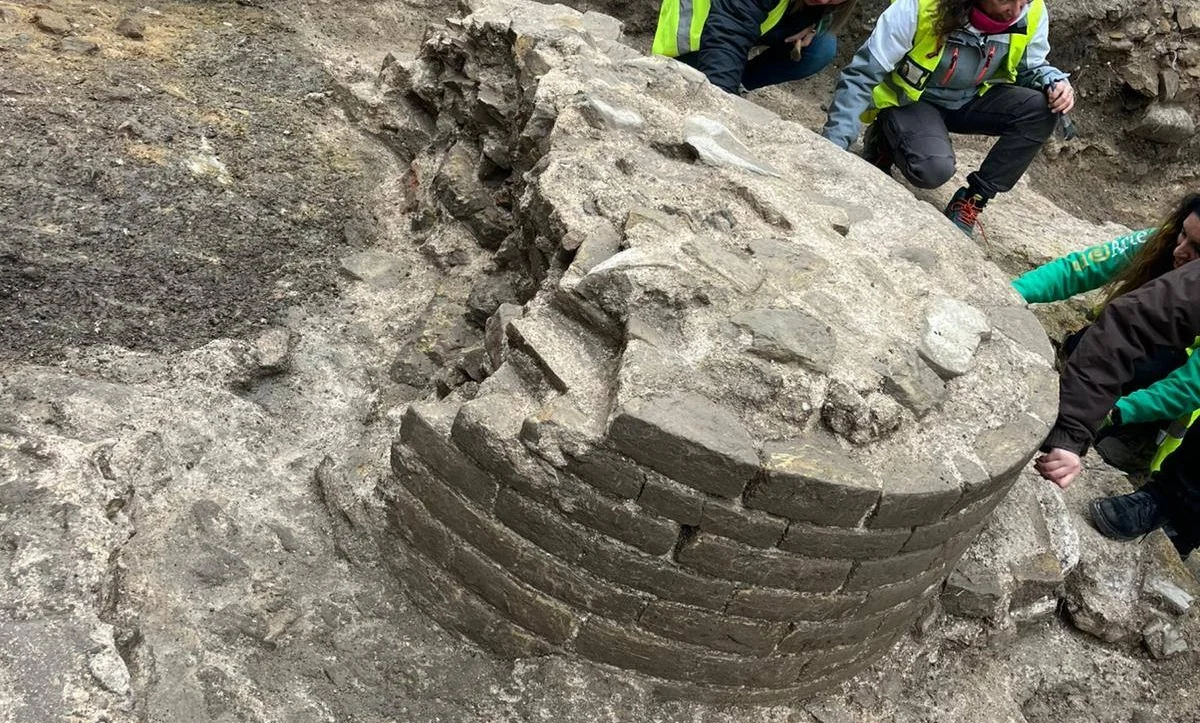The enigmatic practice of mummifying animals in ancient Egypt has puzzled historians and archaeologists for centuries. Among the many animals preserved in this manner, baboons have been a subject of particular intrigue. A recent study published in the peer-reviewed scientific journal eLife has provided a breakthrough in understanding the origins of these mummified baboons, shedding light on the ancient trading centers of Punt and Adulis and raising the possibility that they may have been one and the same.
Baboons were among the numerous animals mummified as offerings to the gods in ancient Egypt. These creatures, however, did not naturally inhabit the region, leaving researchers to wonder about their source. The study's lead author, Gisela Kopp, and her team employed genetic analysis to trace the geographic origins of these ancient mummified baboons, leading them on an intriguing journey through time and space.
In 1905, two French Egyptologists uncovered a cache of mummified baboons at Gabbanat el-Qurud, a site aptly named "Valley of the Monkeys." These mummies included 17 skulls and numerous bones, identified as Papio anubis and Papio hamadryas species. Among these remains, they found baboon bones stored in jars, sarcophagi, and wooden coffins. The specimen from this discovery, currently housed at the Musée des Confluences in Lyon, France, was dated to around 800–500 B.C., suggesting that the other baboons in the collection were of similar age.
A previous study from 2020 had already hinted at the possible origins of mummified baboons from Thebes, dating back to the late New Kingdom (16th-11th centuries B.C.), pointing to the Horn of Africa, encompassing present-day Ethiopia, Eritrea, Djibouti, and Somalia. However, it was the latest study that made a critical breakthrough.
The researchers were able to extract DNA from one of the mummified baboons found at Gabbanat el-Qurud and compare it with the DNA of "historic" baboon specimens, known to be between 100-150 years old and whose origins were documented. This comparative analysis pointed to a well-defined coastal region in Eritrea as the likely source of the mummified baboons.
Adulis, an ancient trading center that thrived between the 1st and 7th centuries A.D., was historically recognized as a supplier of live animals, including baboons, to Egypt during the Ptolemaic period, which began in 305 B.C. following Alexander the Great's conquest of Egypt.
An ancient Egyptian mystery involving baboons that were mummified thousands of years ago may have been solved, according to a study.
The findings not only validate accounts from Greco-Roman historians about Adulis being a source of baboons but also indicate that the mummified baboons from Gabbanat el-Qurud predate the Ptolemaic period by centuries. This revelation suggests the existence of Adulis as a trading hub from roughly 800-500 B.C., long before it reached its peak as an essential trading center.
Furthermore, the study establishes a tantalizing link between Adulis and the legendary Land of Punt, a kingdom known from ancient Egyptian trade records that exported luxury goods to Egypt, including incense and baboons, between 2500 B.C. and the early first millennium B.C. The exact location of Punt had remained elusive, with its name gradually fading from records.
Inscriptions from Egypt's 26th dynasty (664–525 B.C.) mentioned Punt in a narrative context, with one describing an expedition to Punt. Notably, this inscription aligns with the date range of the mummified baboons found at Gabbanat el-Qurud. These pieces of the puzzle led the researchers to suggest that Punt and Adulis might have been interchangeable names for the same place, separated by several centuries of history.
Gisela Kopp, one of the study's authors, emphasized the significance of this discovery, stating, "We hypothesize that Punt and Adulis are two different names for the same place that were used at different points in time. It was only after we put our biological findings in the context of historical research that the story really came together."
The newfound connection between Punt and Adulis, unraveling the mystery of ancient Egyptian baboon mummies, adds a fascinating chapter to the historical narrative of trade and cultural exchange in the ancient world. It underscores the complexity of ancient civilizations and the critical role of interdisciplinary research in piecing together the puzzle of the past.








